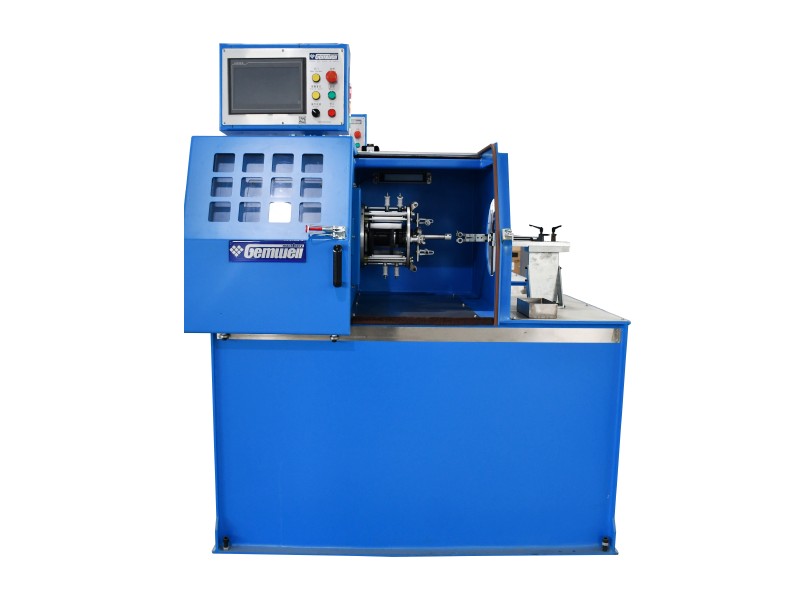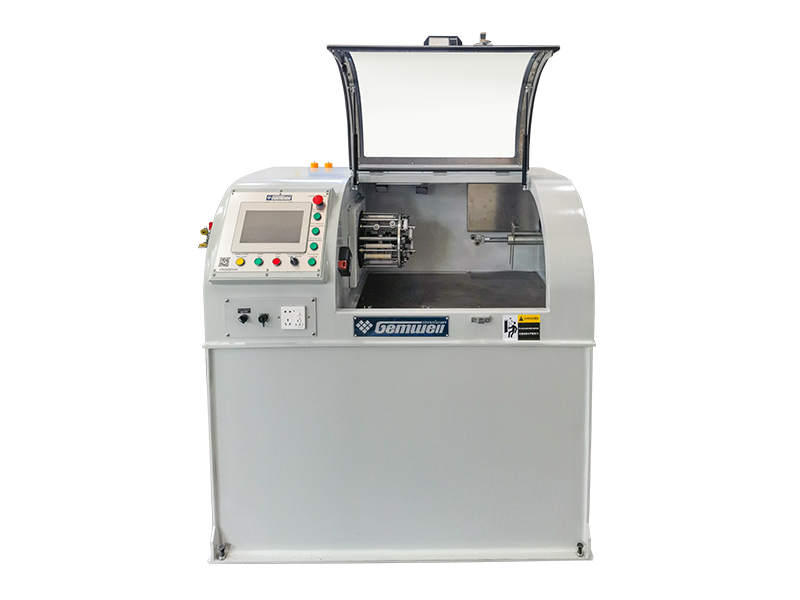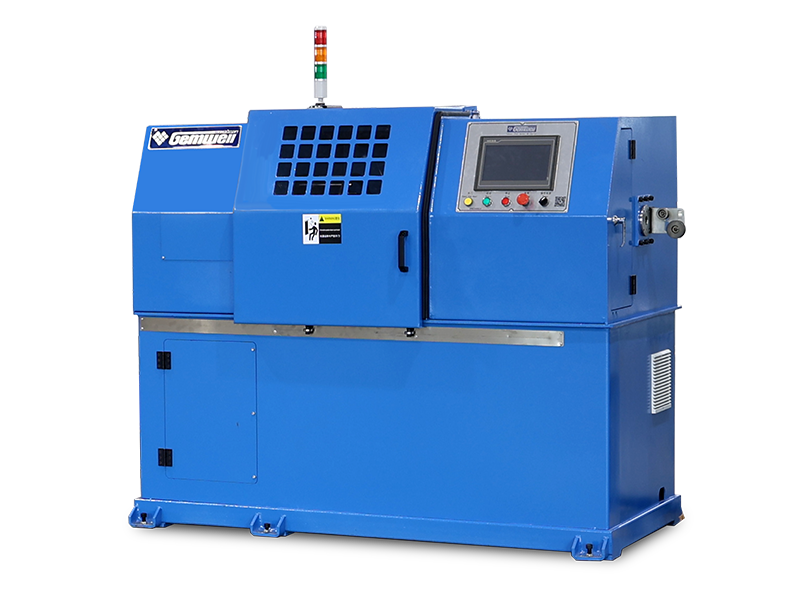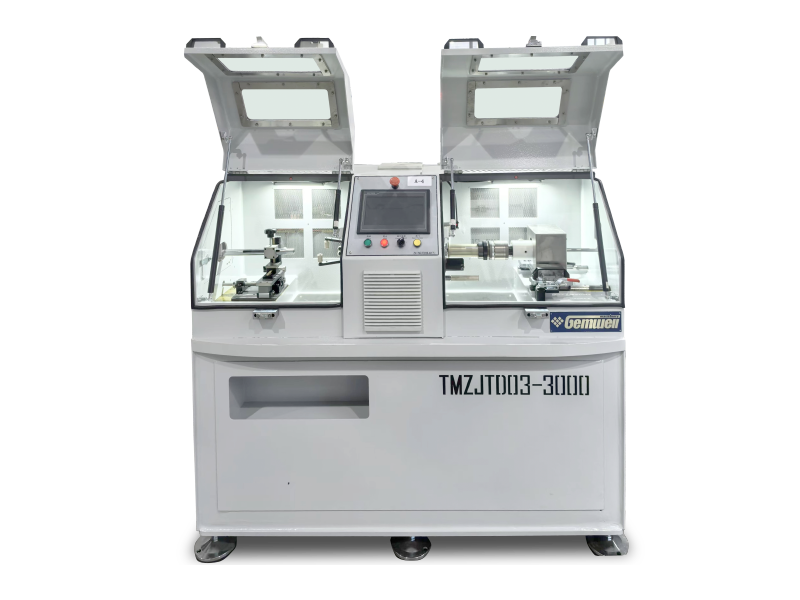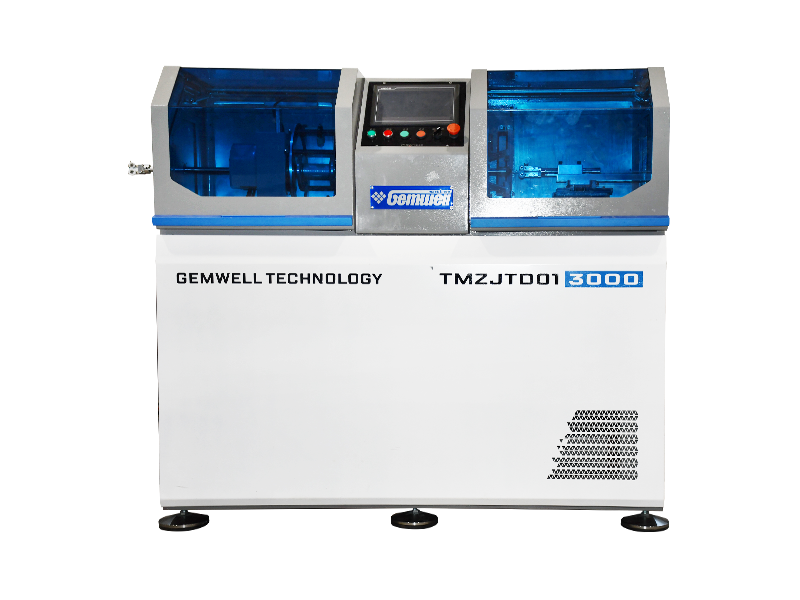Wire and cable stranding is a manufacturing process that bundles multiple wires or strands into a unified conductor.
Content
■Core Purpose
Flexibility — Stranded conductors bend easily without breaking, unlike rigid solid wires.
Current Handling — Multiple thin strands collectively carry higher currents than a single thick wire of equivalent cross-section.
Fatigue Resistance — Stranded designs withstand vibration (e.g., in vehicles/machinery) without fracturing.
■Stranding Methods
Bunch Stranding — Wires randomly grouped for basic flexibility (e.g., appliance cords).
Concentric Stranding — Layers twisted in opposite directions around a central core (e.g., power cables).
Rope Stranding — Groups of pre-twisted strands re-twisted together (e.g., crane cables, elevator ropes).
■Key Machinery Components
Payoff Stands — Hold individual wire spools, feeding them at controlled tension.
Twisting Head (Flyer/Bow) — Rotates to impart twist; bow-types suit larger cables.
Take-Up Reel — Collects stranded conductor, maintaining consistent tension.
Capstan — Pulls wires through the system without slippage.
■Process Steps
Wire Alignment — Strands guided through ceramic or PTFE tubes to prevent tangling.
Twisting — Rotational force applied as wires converge.
Lay Length Control — Adjusts twist tightness (e.g., tight for flexibility, loose for rigidity).
Closing Die — Compacts strands into final shape/size.
■Material Considerations
Copper vs. Aluminum — Copper strands easily; aluminum requires softer alloys to avoid brittleness.
Strand Coating — Bare metal for conductivity, or tinned/enameled for corrosion resistance.
■Quality Challenges
Birdcaging — Strands splay outward if tension is unbalanced—solved with backtwist mechanisms.
Surface Scratches — Abrasive guides damage wires; polished ceramics prevent this.
Length Discrepancies — Uneven payoffs cause "bunching" defects.
■Strand Configurations
7-Strand — 6 wires spiraled around 1 core (common in automotive wiring).
19-Strand — Higher flexibility for robotics/medical cables.
Compact Strands — Roller-dies compress strands for dense, low-diameter conductors.
■Industry Applications
Power Transmission — ACSR (aluminum conductor steel-reinforced) for overhead lines.
Data Cables — Twisted pairs reduce electromagnetic interference.
Specialty Cables — Aerospace/defense cables use nickel-plated strands for extreme environments.
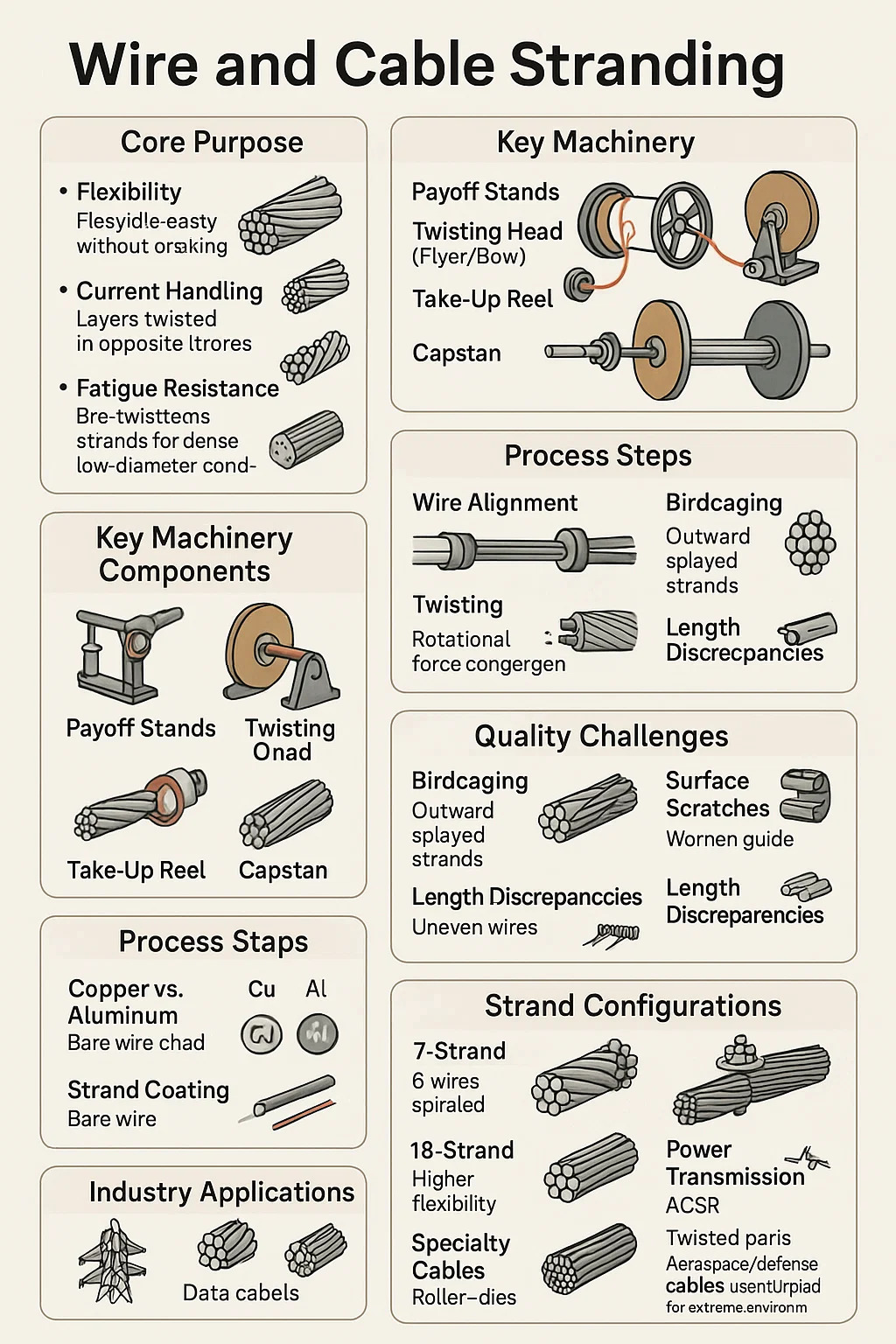
 E-mail: info@gem-cablesolution.com
E-mail: info@gem-cablesolution.com Address: No.8 Yuefeng Rd, High Tech Zone, Dongtai, Jiangsu, China | No.109 Qilin East Rd, Daning, Humen, Dongguan, Guangdong, China.
Address: No.8 Yuefeng Rd, High Tech Zone, Dongtai, Jiangsu, China | No.109 Qilin East Rd, Daning, Humen, Dongguan, Guangdong, China. English
English  English
English русский
русский 日本語
日本語 Español
Español عربى
عربى 中文简体
中文简体


 Related Products
Related Products